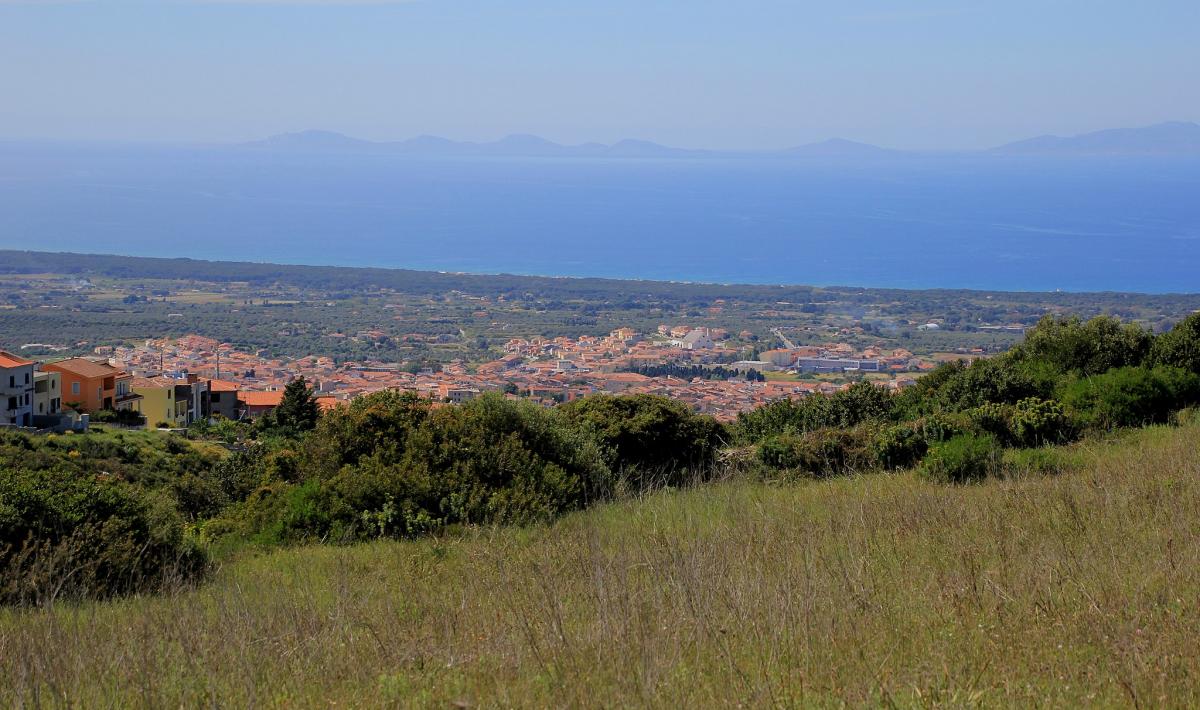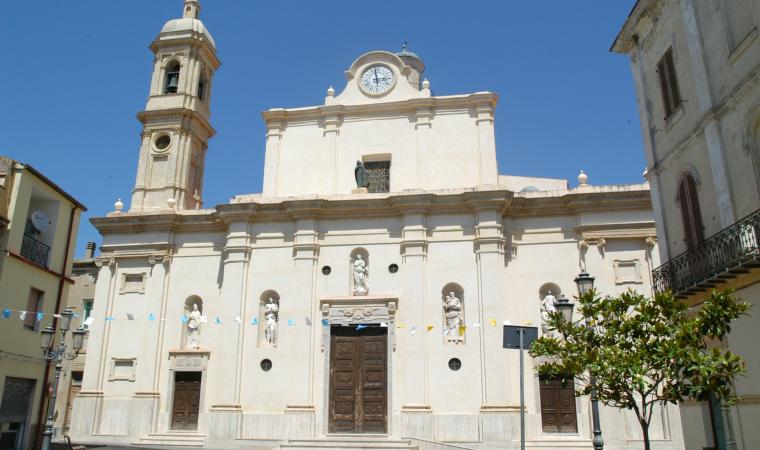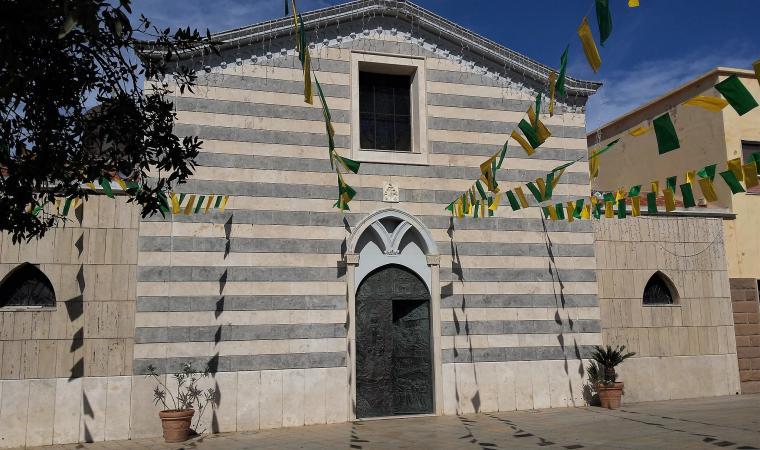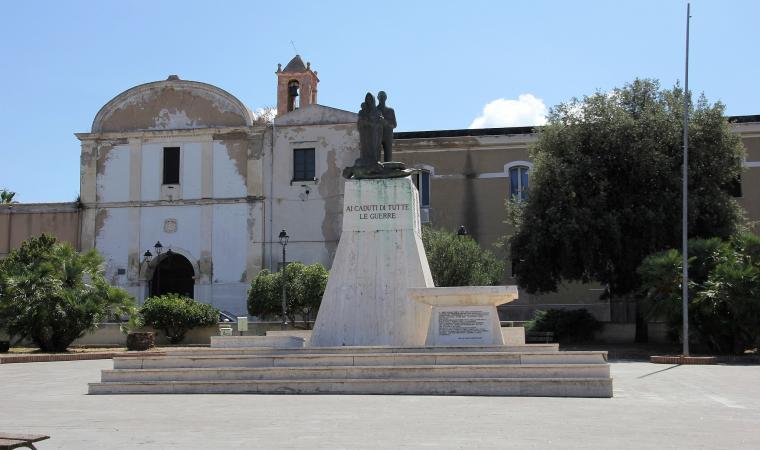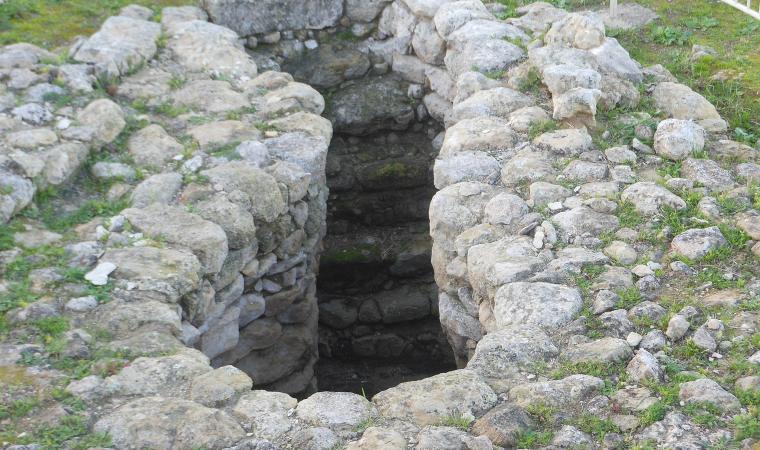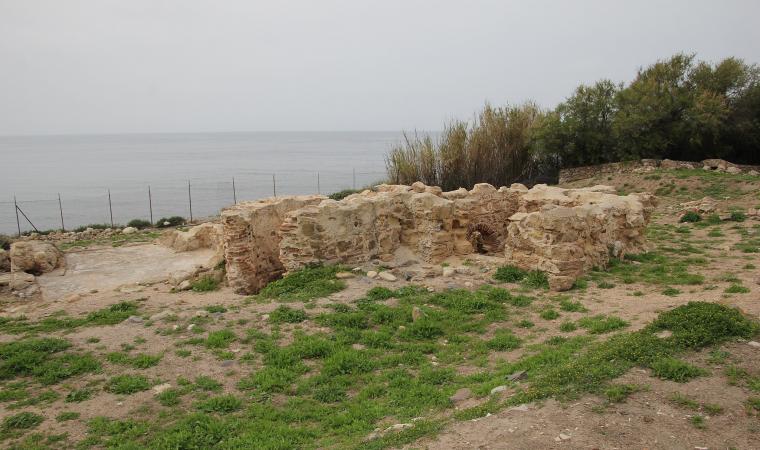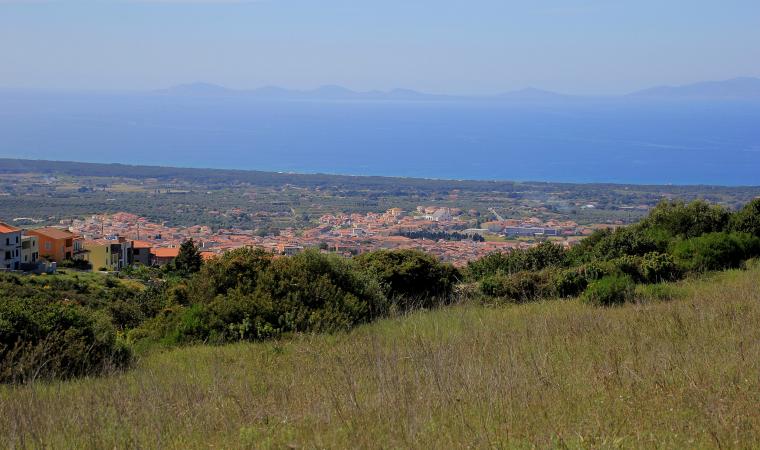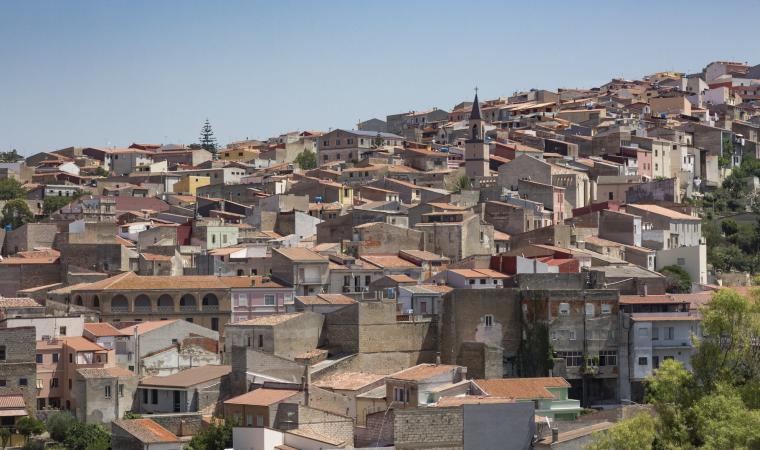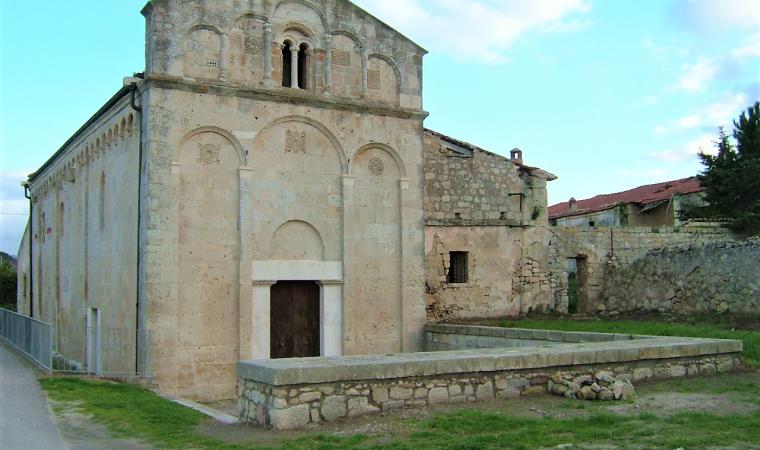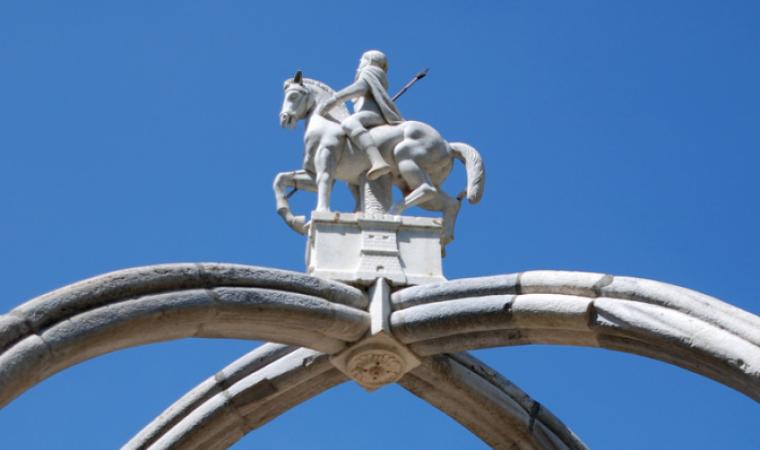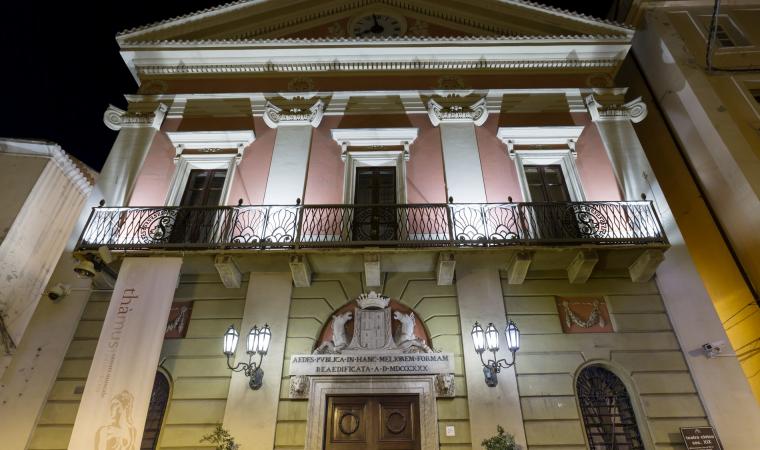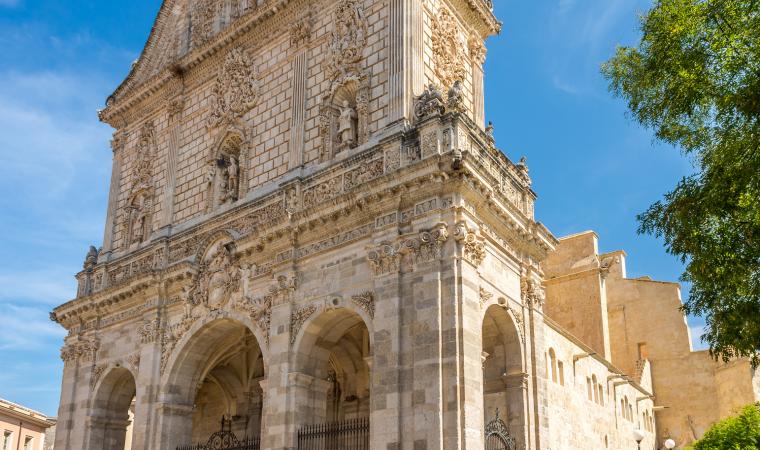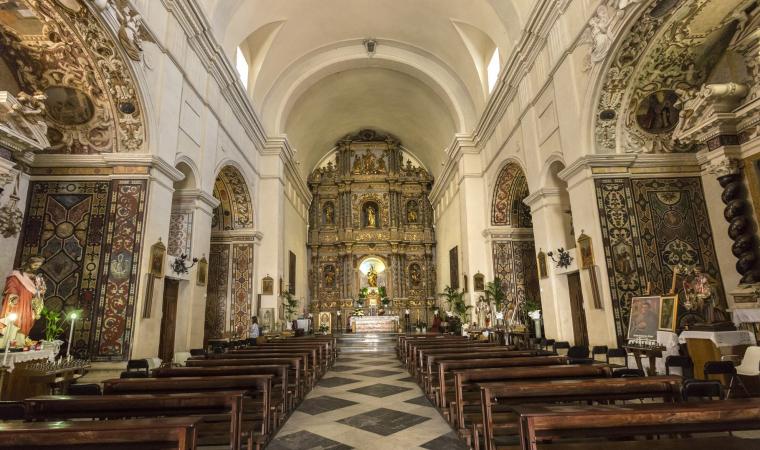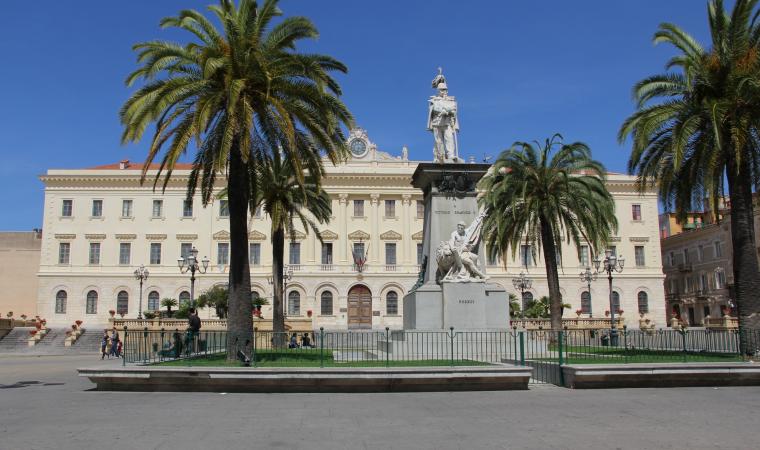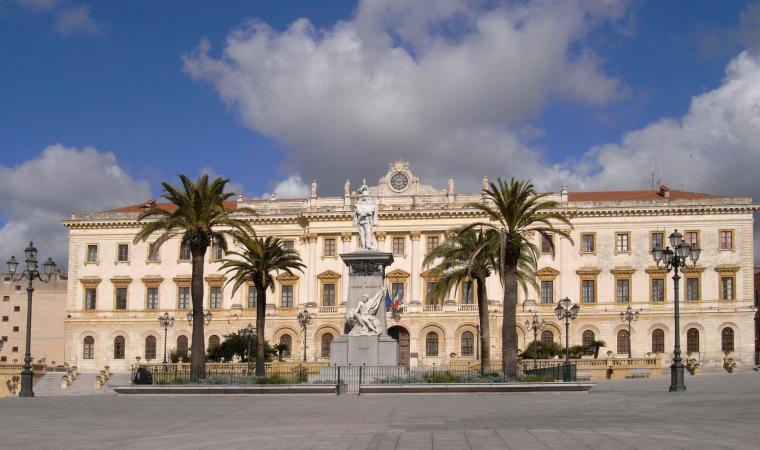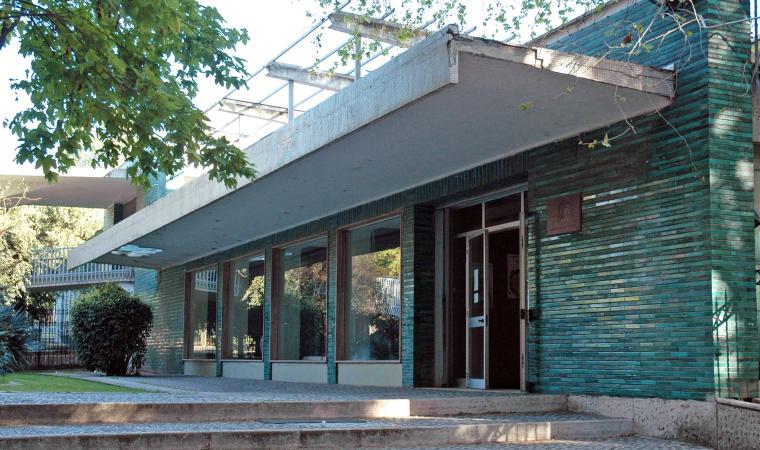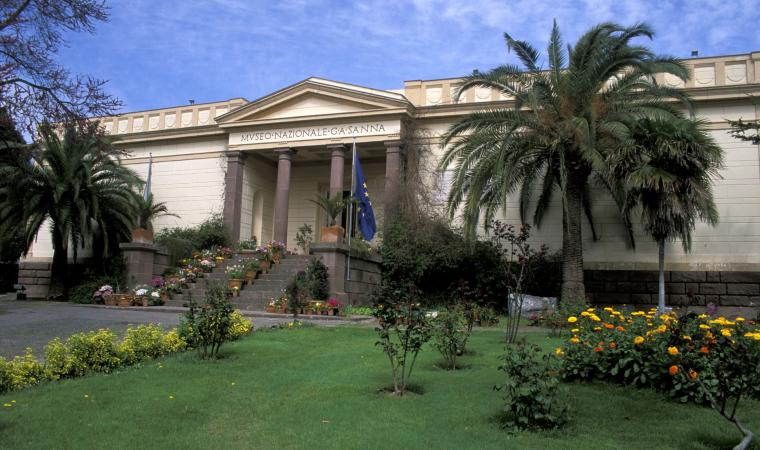With almost 15 thousand inhabitants, it is one of the most highly-populated Municipalities in the Sassari area. Sorso is a little town in the historical territory of Romangia, overlooking the Gulf of Asinara with a long coastal stretch of sand dunes, sheltered by pine trees, junipers and dwarf palms. The 18 kilometres of beaches, a few minutes from the residential area, include the beautiful Marina di Sorso and the Sorso shoreline of Platamona: blue sea, fine, light sand and Mediterranean fragrances. The residential area lies between olive groves and vineyards, where excellent olive oil and Vermentino wine is produced, leading to its inclusion among the Italian wine cities. Around it, fruit and vegetables are also grown and, at the end of July, don't miss the feast of the aubergine. Local sweet delicacies include: papassini and cozzuli di saba. The traditional women's dress is beautiful and distinctive. Specific to Sorso is its 'border language' made up of Logudoro dialect, elements from Tuscany and Genoa and Corsican influences. The place name comes from josso ('under'), indicating the lower altitude compared to nearby Sennori. The old town centre, known as Bicocca, dates back to medieval times: its houses are simple and made of tuff. Some seventeenth-century buildings stand out: Palazzo Baronale (Baronial Palace), today a cultural centre, and the Billellera fountain, built to imitate the Rosello Fountain in Sassari: according to tradition, drinking its waters makes people go mad. Gelidon is the legendary forefather of the Sorso population, who is said to have had a rebellious and insane character and is linked to the most famous archaeological site, two kilometres from the village: Jelithon, which was already inhabited in prehistoric times. There is proof that the territory was inhabited in Pre-Nuragic times, as is confirmed by the Domus de Janas of L'Abbiu, while several Nuraghi and the sacred well of Serra Niedda date back to the Bronze Age. In the 5th century BC, the Carthaginians built a fortress on the site of Santa Filitica, later occupied by the Romans until the Late Imperial age. A Roman villa was built here, with a floor embellished by mosaics and thermal baths, a short distance from the sea. In the Byzantine age, an Early Christian religious building was built on top of it, followed by a church dedicated to the saint. In the centre, there is also the parish church of San Pantaleo, built in 1836, where a 15th century church once stood and is inspired by neoclassical standards: you will see its spectacular domes and small domes standing out at the top of the main street. The patron saint is celebrated at the end of July. Other churches, all dating back to the 17th century, include the church of the Beata Vergine d'Itria, around which the Ardia of St Constantine takes place at the beginning of July, and the church of the Madonna di Nolli me Tollere, the site of a deeply venerated simulacrum (particularly during the festivity at the end of May) and the Baroque church of San Pasquale Baylon, a Jesuit site, as well as the Late Gothic oratory of Santa Croce (16th century). The churches come to life with passion and devotion during Holy Week.

